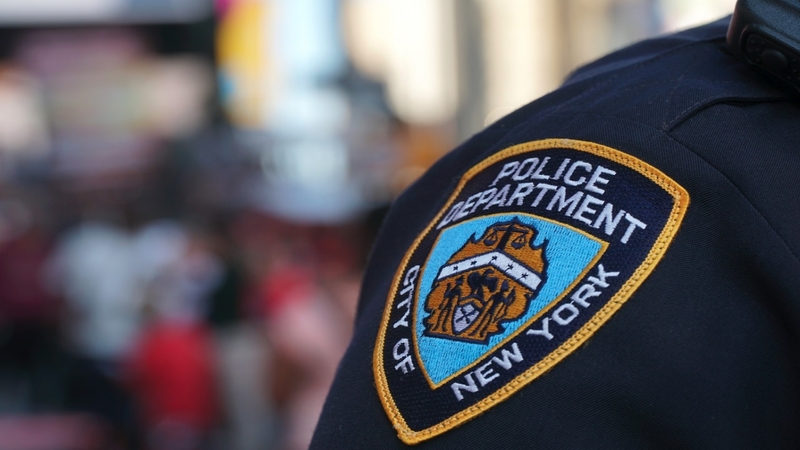A court-appointed monitor said Wednesday there is “substantial evidence” New York City police officers have underreported the number of times they’ve stopped and frisked people, likely skewing statistics tracking use of a tactic long scrutinized over racial bias.
“There is substantial evidence suggesting that many NYPD officers did not submit reports documenting all of their stops of civilians in years 2016 to 2019,” monitor Peter Zimroth said in the latest in a series of oversight reports filed in federal court.
“These undocumented stops may undermine the reliability of statistical analyses to identify racially disparate stop report patterns and practices in NYC,” Zimroth said.
The police department said Wednesday that underreporting occurs “because human beings make mistakes” and that the problem is being addressed through audits.
“The NYPD embraces the report by the federal monitor and remains committed to enhancing our important mission of ensuring effective, constitutional street stops throughout New York City,” police said in a written statement.
The percentage of stops across racial groups has remained consistent over the years and are in line with suspect data reported by crime victims, police said. The report’s analysis of the potential impact of underreporting “makes many assumptions” and doesn’t reach definitive conclusions, police said.
In 2013, a federal judge ruled that the NYPD had violated the civil rights of Black and Hispanic New Yorkers with a tactic known as “stop and frisk,” which was an effort to get guns and drugs off the street by frequently stopping and searching people on the street.
U.S. District Judge Shira Scheindlin ruled the stops were a form of indirect racial profiling. Former Mayor Michael Bloomberg, once a champion of the tactic, has since apologized for its use.
Since the ruling, the department has claimed a sharp drop in stops, reporting an average of around 12,000 per year from 2016 to 2019, compared to a high of nearly 686,000 stops in 2011. Black and Hispanic people continue to be the targets of the vast majority of stops, the report found, accounting for 88% in 2019 — up from 83% in 2013.
But while few dispute that fewer people are being stopped, Zimroth said the present-day statistics are likely incomplete. Among the evidence of underreporting, he said, were NYPD audits that used radio calls to identify instances where officers should have submitted required stop-and-frisk reports. A review of those audits from 2018 and 2019 showed that about 36% of stops were not being documented as required, Zimroth said.
A criminology professor using statistical modeling evaluated the impact of the missing reports and found that the lack of complete data obscured disparities in how often officers subjected Black and Hispanic people to stop-and-frisks compared with whites and others, Zimroth’s report said.
Adjustments made to account for missing stop-and-frisk reports showed that Hispanic people were 5% to 7% more likely than white people to be frisked after a stop, while Black people were 8% to 14% more likely to be frisked, the report said.
Darius Charney, the lead lawyer in the federal case that led to an overhaul of the NYPD’s stop-and-frisk practices, said in a statement that Zimroth’s findings show “that reports of the demise of race-based stop and frisk in New York City were greatly exaggerated.”
Because of the underreporting of stop-and-frisk encounters, “the racial disparities are larger than we realize,” said Charney, a senior attorney with the Center for Constitutional Rights Senior Attorney.
Zimroth, a law professor and the director of the Center on Civil Justice at New York University, has issued a dozen previous reports on the NYPD.
In the past, he said, the NYPD has acknowledged the issue of undocumented stops. The department has mechanisms in place to gauge the scope of missing data, including periodic reviews of stop reports, body-worn camera videos and stop-and-frisk complaints filed with the city’s police watchdog agency, the Civilian Complaint Review Board.
Body-worn cameras may be providing a degree of accountability, Zimroth said. After their rollout, the department reported 13,459 stops in 2019, a 22% increase over the 11,008 stops reported in 2018.
(AP)











